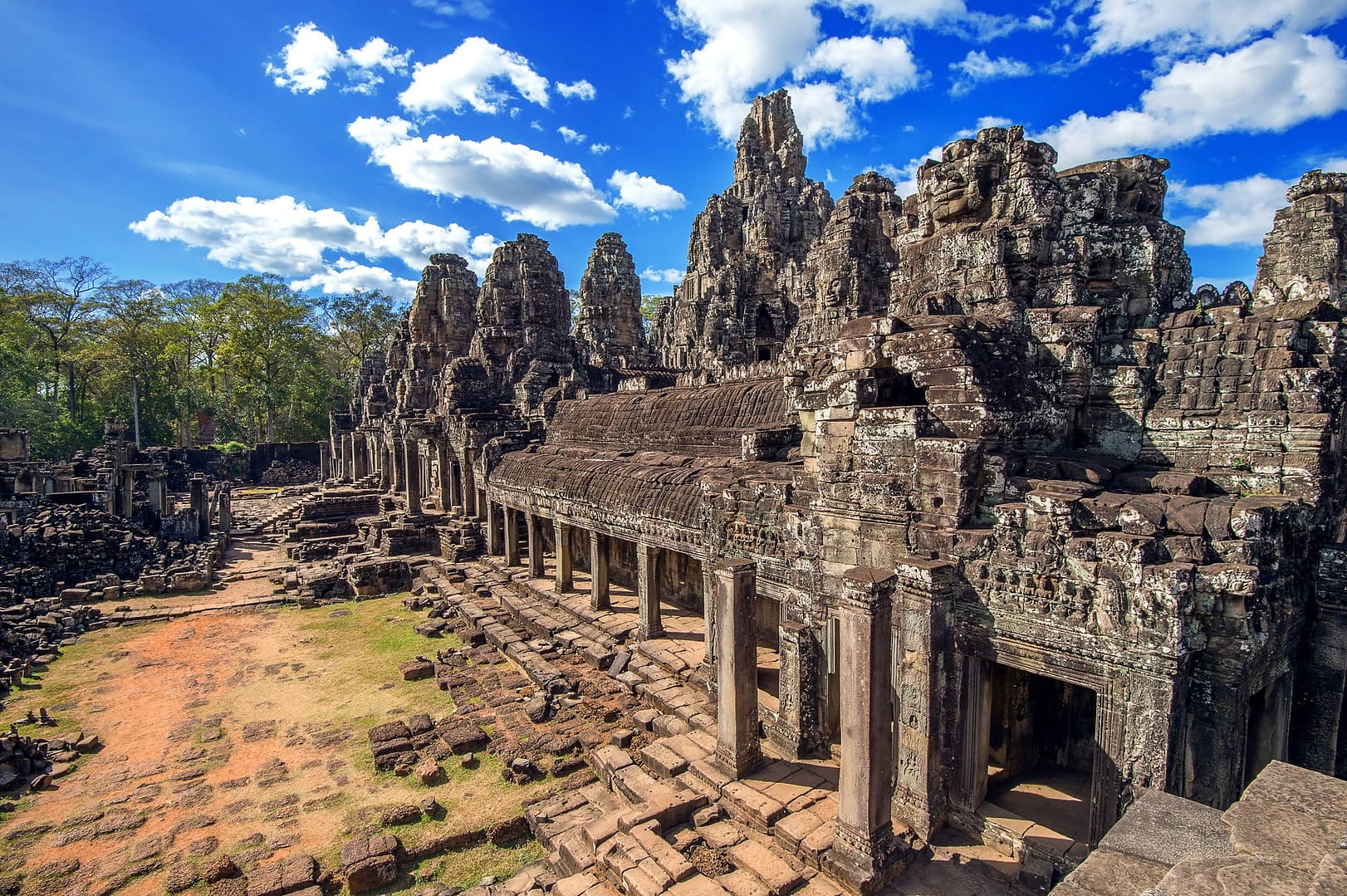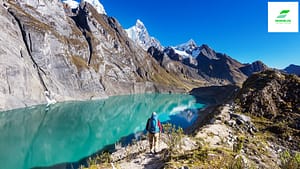
The Ultimate Cambodia Bucket List: Top 10 Tourist Attractions for 2023
Cambodia is slowly getting over the terror of the Khmer Rouge, and more and more people are going there to visit. Some big problems exist, like land mines, poverty, and destroyed infrastructure. However, rebuilding and healing are well underway, and 10 of the best tourist attractions in Cambodia in 2022
The great temples of Angkor are Cambodia’s most popular tourist destination, but the nation has much more to offer to attract tourists. Cambodia is new for tourists because it has tropical beaches, colonial buildings, and many natural attractions.
Preah Vihear
A Khmer temple called Preah Vihear is on top of a 525-meter (1,722-foot) cliff in the Dangrêk Mountains, which are on the border of Thailand and Cambodia. It is in the most beautiful place of any of the Khmer temples.
The Khmer kings Suryavarman I and Suryavarman II built almost all temples in the 11th and 12th centuries. It was made for Shiva, the most important god in Hinduism. Thailand and Cambodia still fight over who owns Preah Vihear; many soldiers were killed in 2009.
Sihanoukville
Sihanoukville is a beach town and port city called Kampong Som. The Gulf of Thailand is where it is. Cambodia’s main tourist draws from its white-sand beaches and several tropical islands that still need to be built. Sihanoukville is a good place to unwind and relax, but you must watch out for crow attacks on holiday weekends and during the high season.
Tonle Sap
One of the most important places in Cambodia is Tonlé Sap. It is Southeast Asia’s largest lake with fresh water. When the seasons change, the lake changes in a very big way. The dry season in Cambodia is from November to May. The Tonlé Sap flows into the Mekong River at Phnom Penh.
A lake forms when the Tonlé Sap adjusts directions because of the heavy rains that start in June. Around the lake of Tonlé Sap, many Vietnamese and Cham people live in floating villages.
Silver Pagoda
The Silver Pagoda is home to many national treasures, like gold and jewel-covered statues of Buddha. It is in Phnom Penh, on the grounds of the Royal Palace. The most interesting is a small baccarat crystal Buddha from the 17th century and a life-sized gold Maitreya Buddha with 9584 diamonds.
In 1903 and 1904, 40 Khmer artists painted a mural of the Ramayana myth on the inside wall of the courtyard of the Silver Pagoda. The mural is full of colour and detail and shows the story of the Ramayana.
Bokor Hill Station
In the 1920s, the French erected Bokor Hill as a place to get out of the heat of Phnom Penh. The first time was when the Japanese raided Cambodia in the 1940s.
The alternate time was when the Khmer Rouge caught over the country in the 1970s.
Bokor Hill Station and its empty structures are now known for their creepy, haunted sense. In October 2008, the road to Bokor was officially closed because it was being fixed. Indeed though it seems insolvable to get there alone, the original agents set up hiking tenures.
Kratie
In the middle of Kratie, old French colonial buildings surround a central market. Even though there isn’t much tourism, many backpackers visit during the high season. In the Mekong River, you can see the rare Irrawaddy dolphins. The poor animals are about to go extinct—dolphins number between 66 and 86 in the upper Cambodian Mekong area.
Koh Ker
Koh Ker was the headquarters of the Khmer empire for a very short time, from 928 to 944. But in this area, some very beautiful buildings and huge sculptures were built in a short amount of time. Prasat Thom, a temple pyramid that is 30 meters (98 feet) tall and towers over the jungle, is the site’s most important building.
At the very top of the temple, a huge Garuda, a mythical creature that is half-man and half-bird, is still carved into the stone blocks, though it is now partially covered. It had been left alone in the jungle for almost a thousand years and was one of Cambodia’s most remote and hard-to-reach temple sites. This is no longer true because mines have been removed, and a new toll road has opened.
Banteay Srei
Officially, Banteay Srei is part of the Angkor complex. But because Banteay is 25 km( 15 long hauls) northeast of the leading pack of tabernacles, it’s generally considered a separate sightseer spot. The tabernacle was finished in 967 announcements, substantially made of red sandstone.
It’s a material that works well for the intricate wall busts that can still be seen moment. It’s the only big tabernacle at Angkor that was not erected for the king. It was constructed by Yajnyavahara, who was a counsellor to King Rajendravarman.
Bayon Temple
The Bayon tabernacle is also part of Angkor, a world-notorious sightseer spot, but it’s treated independently. The Bayon tabernacle has further than 200 huge gravestone faces that look in all directions. People suppose the intriguing smiling faces are a picture of King Jayavarman VII or a blend of him and Buddha. These are one of the most notorious filmland of Angkor. King Jayavarman VII erected the tabernacle in the 1100s. The Bayon is erected right in the middle of the royal megacity.
Angkor Wat
King Suryavarman II built the beautiful temple in the first half of the 12th century. It is one of the best monuments because of how well it is balanced and put together and how beautiful it is. A huge rectangular reservoir surrounds Angkor Wat. Three rectangular terraces lead up to the central shrine and tower at an altitude of 669 feet. This arrangement shows how the Khmer have always thought of the temple mountain.
